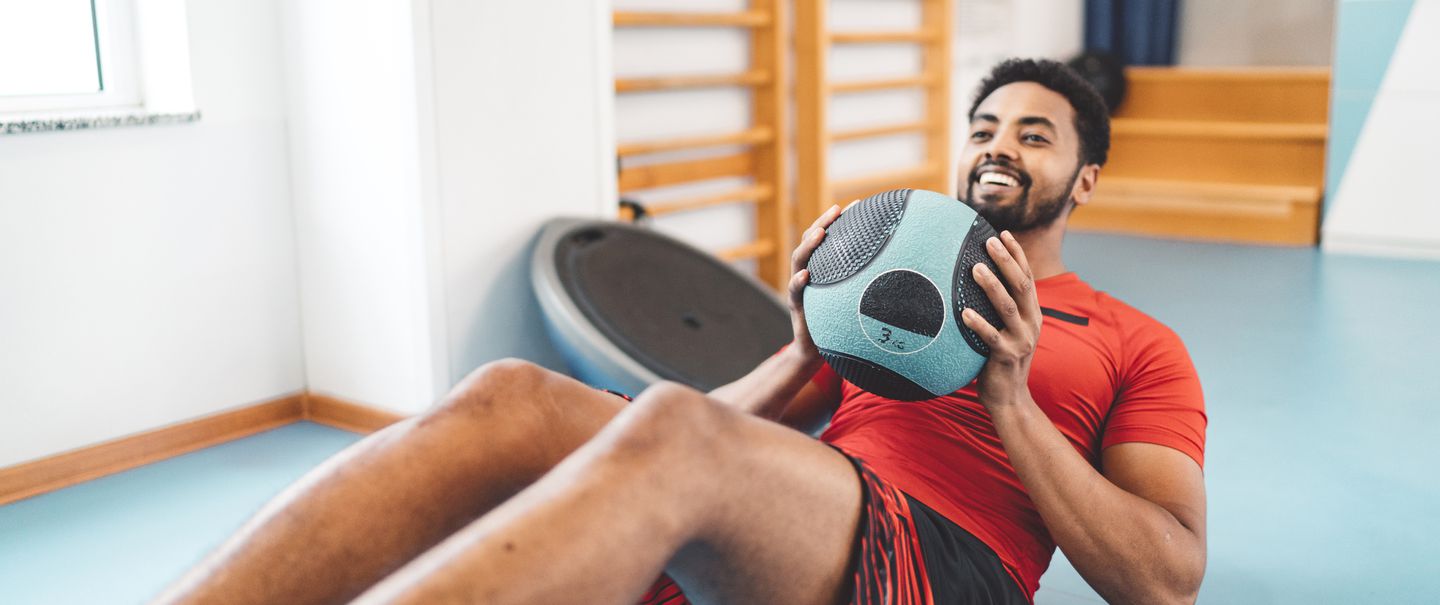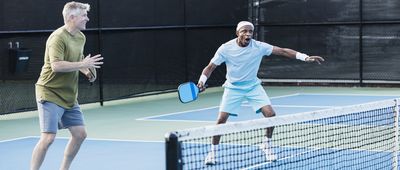Hard Core
Strengthening your core is about more than losing weight or getting defined muscles. A strong core can improve the way the rest of the body works and help balance and stability. Working out the abdominal muscles is an essential component of increasing core strength. (It's important to work out the back and hips, as well, to prevent injuries.) These 15 simple ab exercises go beyond crunches or situps and include a few variations to increase or decrease difficulty. They can all be done from the comfort of home — no expensive equipment or gym membership necessary.

























